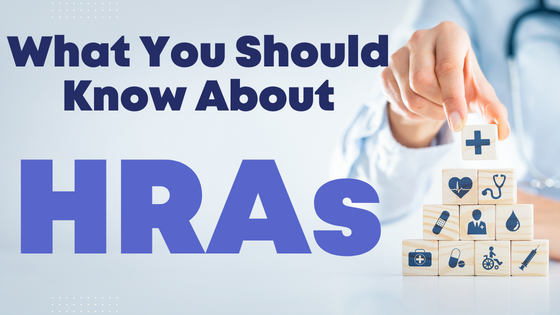
If your answer to this question is an apologetic, “Um, no. I can’t.”, I’m here to help change that!
Because numbers, calculations, and money are the mainstays of our business, it’s easy for financial service providers to forget that terms which are so familiar to us are often mysterious or even intimidating for our clients.
The world of financial services is based on what might seem like a foreign language!
Complicated jargon and/or slang terms create confusion, and make data seem inaccessible. And to make matters worse, there are also synonyms for many of the commonly used terms.
The language of money is powerful; used as a tool, that’s a good thing. And the language of money can be exclusionary and intimidating, and that’s most definitely not a good thing. You shouldn’t be left feeling like you’re excluded from some sort of private club simply because you’re not up on all the lingo. When you feel excluded, you don’t ask questions or participate. And when that happens, it can cost you big money in your business.
A study by Tandem Bank showed that almost 75% of people didn’t understand even relatively simple banking terms – let alone the more complicated stuff you’ll need to run a successful business. And research by Saga Investment Services showed that there’s also a gender gap at play, with men generally having a better knowledge of terms and phrases than women.
Taking the mystery out of financial jargon and acronyms
Today I want to do a little “jargon busting” and provide a framework for you to better understand the terms that impact your business. The more familiar you are with them, the stronger the foundation of the financial health of your business will be.
Learning the language of finance – a layman’s guide to 12 key terms
Accounts Payable • Accounts Receivable • Assets • Balance Sheet • Capital • Cost of Goods Sold
Expenses • Income Statement • Liabilities • Net Income • Operating Expenses • Revenue
Let’s cover these one by one. For those that are often referred to by their initials, I’ve included that information as well. And in italics you’ll see synonyms for many of these terms.
Accounts Payable (AP). The amount the business owes to vendors. If the business has been billed by a vendor but has not yet paid the bill, the amount due is included in the accounts payable. Typically, these accounts are paid in the short term (less than a year, and often within 30 days).
Accounts Receivable (AR). The inverse of accounts payable. A business’s receivables are amounts that have been billed to clients, but for which the client has not yet provided payment.
Assets. These are items of value. They are often physical in nature (real estate, equipment, cash, stocks) and can also be intangible, such as brands, “goodwill” or inventions. Assets are listed on balance sheets.
Balance Sheet. An overview of what the business owns, and what the business owes. AKA: Statement of Financial Position
Capital. Money that has been invested in the business, and/or money that can be used to generate income or fund the business’s operations.
Cost of goods sold. (COGS) The amount of money that can be directly attributed to a unit sold. If a pair of shoes sells for $100 and costs $20 to make, the cost of goods sold is $20 per unit. COGS includes materials and labor, and does not include indirect costs such as advertising and shipping. AKA: Cost of Sales
Expenses. This is a broad category, because expenses are the cost of doing business! Another way to think of this is expenses are the amount of money the business has spent to stay in business.
Income statement. The report that shows revenue, income, and expenses for the business over a period of time. AKA: Profit and Loss Statement, P&L, IS, Statement of Earnings, Statement of Financial Performance
Liabilities. Liabilities are financial obligations owed to another entity (individual or business). There are many types of liabilities; a common one in many businesses is Accounts Payable (see above).
Net income. The financial gain over a period of time, after all expenses have been paid. AKA: Net profit, Net earnings
Operating expenses. Necessary expenses for the day-to-day operation of the business, without considering sales volume (and therefore excluding Cost of Goods Sold). AKA: OpEx, Sales, General & Administrative Expenses, SG&A, G&A Expenses
Revenue. Business earnings before expenses are considered. AKA: Gross Revenue, Income, Earnings, Total Proceeds, Total Receipts
Now that you’ve got a better handle on these sometimes confusing terms, we’ve got a great foundation for digging in to some of the important information in your business. Watch for future posts to learn more about:
- The Top 5 Financial Reports For Your Business
- Balance Sheet Basics (and Beyond)
- Understanding Your Profit and Loss Statement
- Don’t Hide from this kind of Aging – Accounts Receivable and Accounts Payable Reports
- Budget Vs. Actual Report – Is your business on track?
Would you like to talk with us about your important financial terms and metrics? We invite you to book a strategy call with our CEO, Hannah Smolinski.
Disclaimer: This blog and the linked videos are intended for educational purposes and should not be taken as legal or tax advice. You should consult with your financial professionals about your unique financial situation before acting on anything discussed in these videos. Clara CFO Group, LLC is providing educational content to help small business owners become more aware of certain issues and topics, but we cannot give blanket advice to a broad audience.






